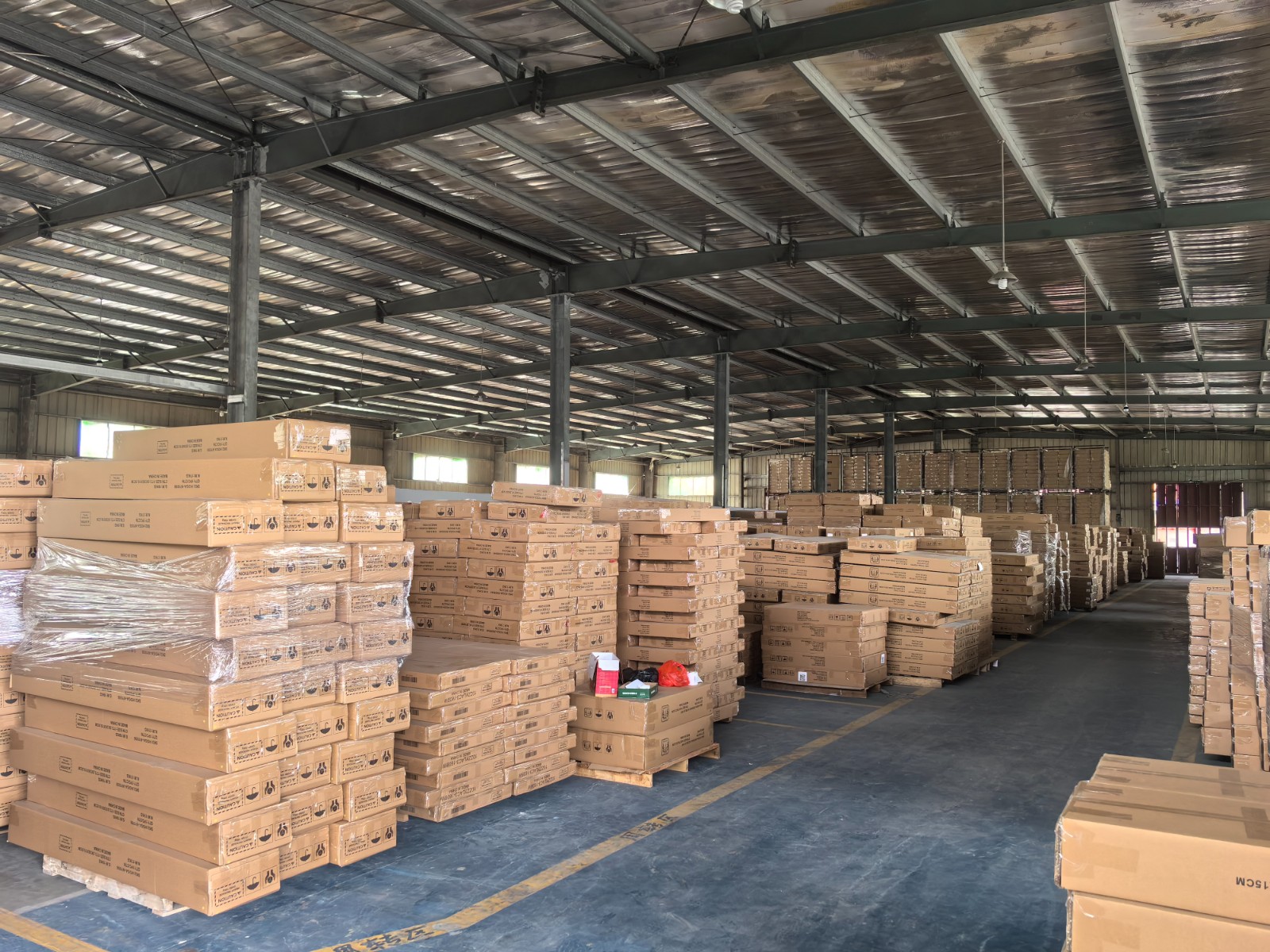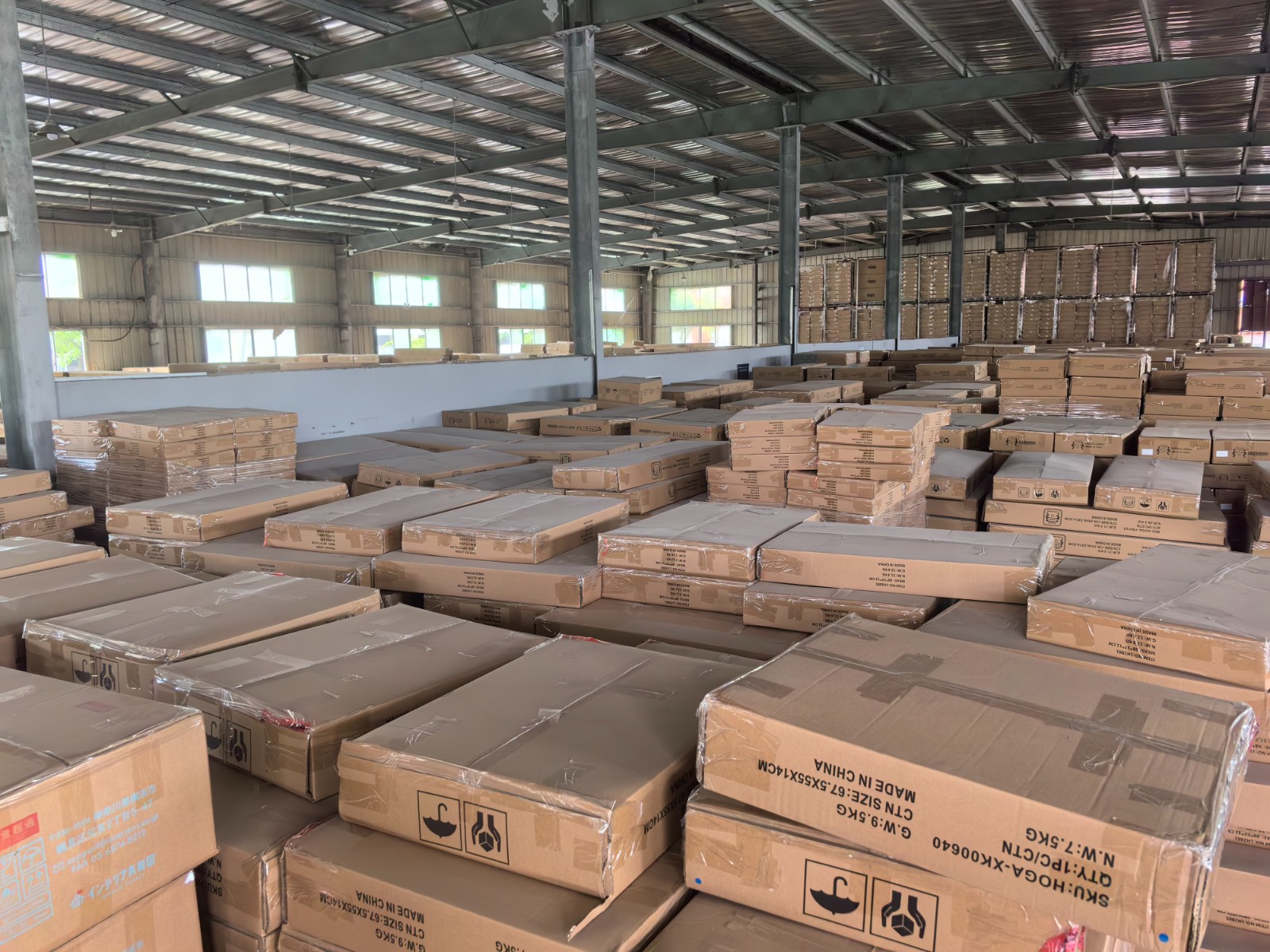

In our Warehouse, we manage the storage and handling of products to ensure their availability and readiness for timely delivery. The detailed process flow is as follows:
Receiving Goods: Incoming shipments are received and inspected for accuracy and condition. This includes checking for any damage and verifying that the products match the shipping documents.
Unloading and Sorting: Goods are unloaded from delivery trucks and sorted according to product type, category, or destination. This helps in organizing the warehouse efficiently and preparing items for storage or further processing.
Inventory Management: Products are logged into our inventory management system, which tracks quantities, locations, and other relevant details. This system ensures accurate record-keeping and helps in managing stock levels.
Storage: Products are stored in designated areas of the warehouse, such as shelves, bins, or pallets, based on their size, type, and storage requirements. Proper organization is maintained to facilitate easy access and retrieval.
Order Picking: When orders are placed, items are picked from their storage locations according to the order specifications. This process may involve manual picking or automated systems, depending on the warehouse setup.
Packing: Picked items are packed into appropriate containers or boxes for shipment. Packaging materials are used to protect the products during transit, and packing lists are included to ensure order accuracy.
Shipping Preparation: Packed orders are organized for shipment, with shipping labels and documentation prepared. The orders are then staged for loading onto delivery trucks.
Loading: Orders are loaded onto delivery trucks according to scheduled dispatches. Care is taken to ensure that the loading process is efficient and that goods are secured properly to prevent damage during transport.
Returns Management: Any returned items are processed and inspected. Returns are logged into the inventory system, and products are either restocked, repaired, or disposed of according to company policies.
Inventory Audits: Regular inventory audits are conducted to ensure the accuracy of stock levels and to identify any discrepancies. This helps in maintaining inventory integrity and optimizing warehouse operations.





